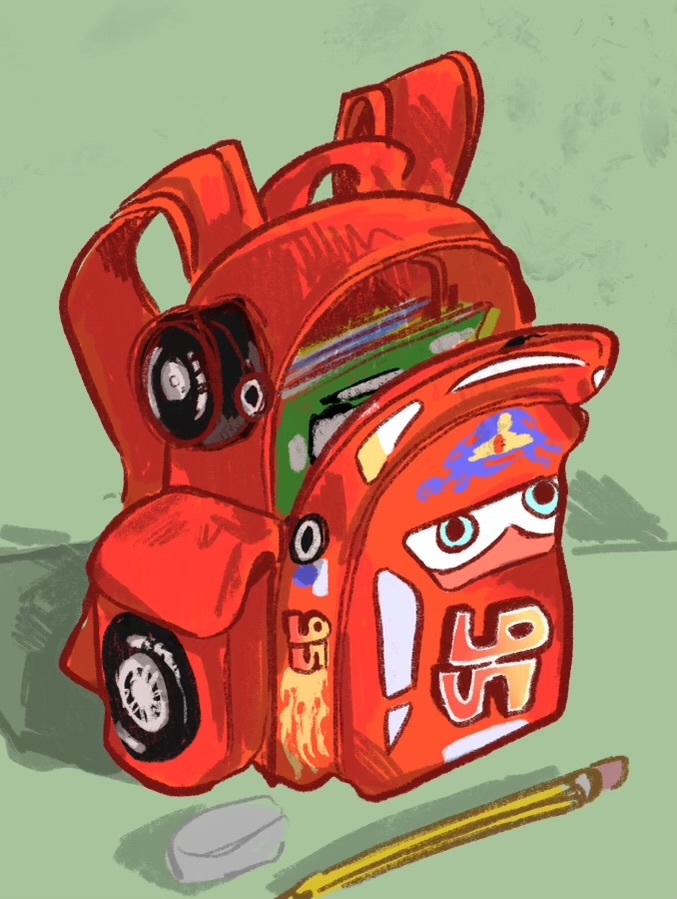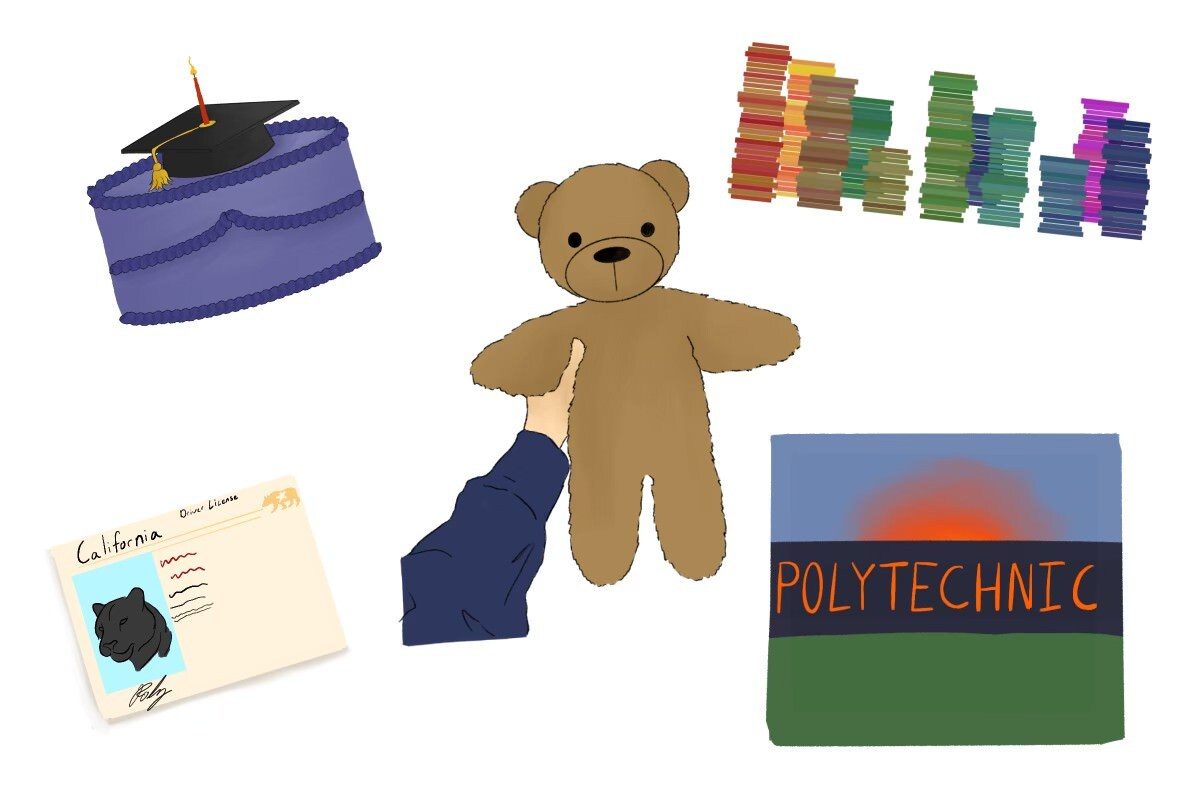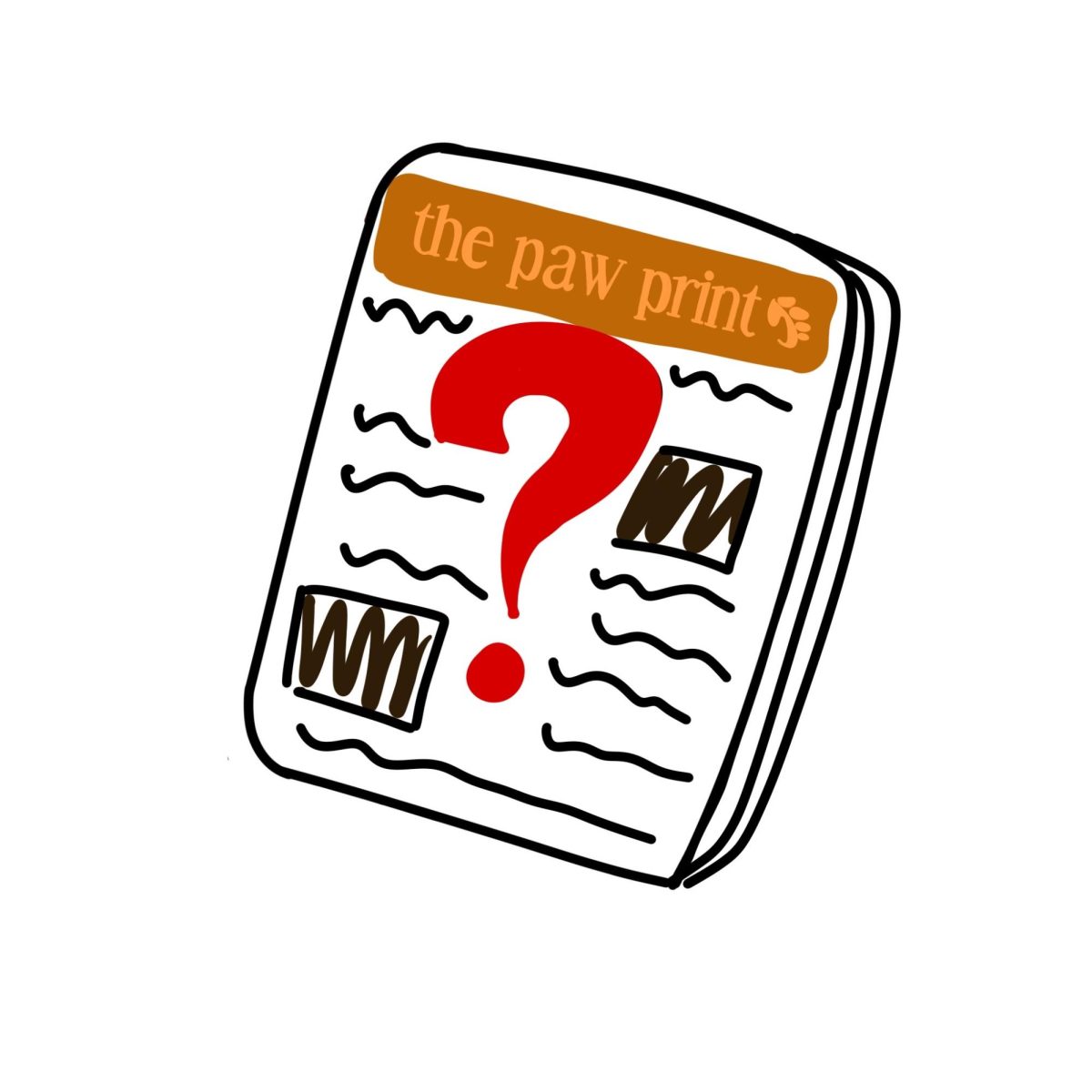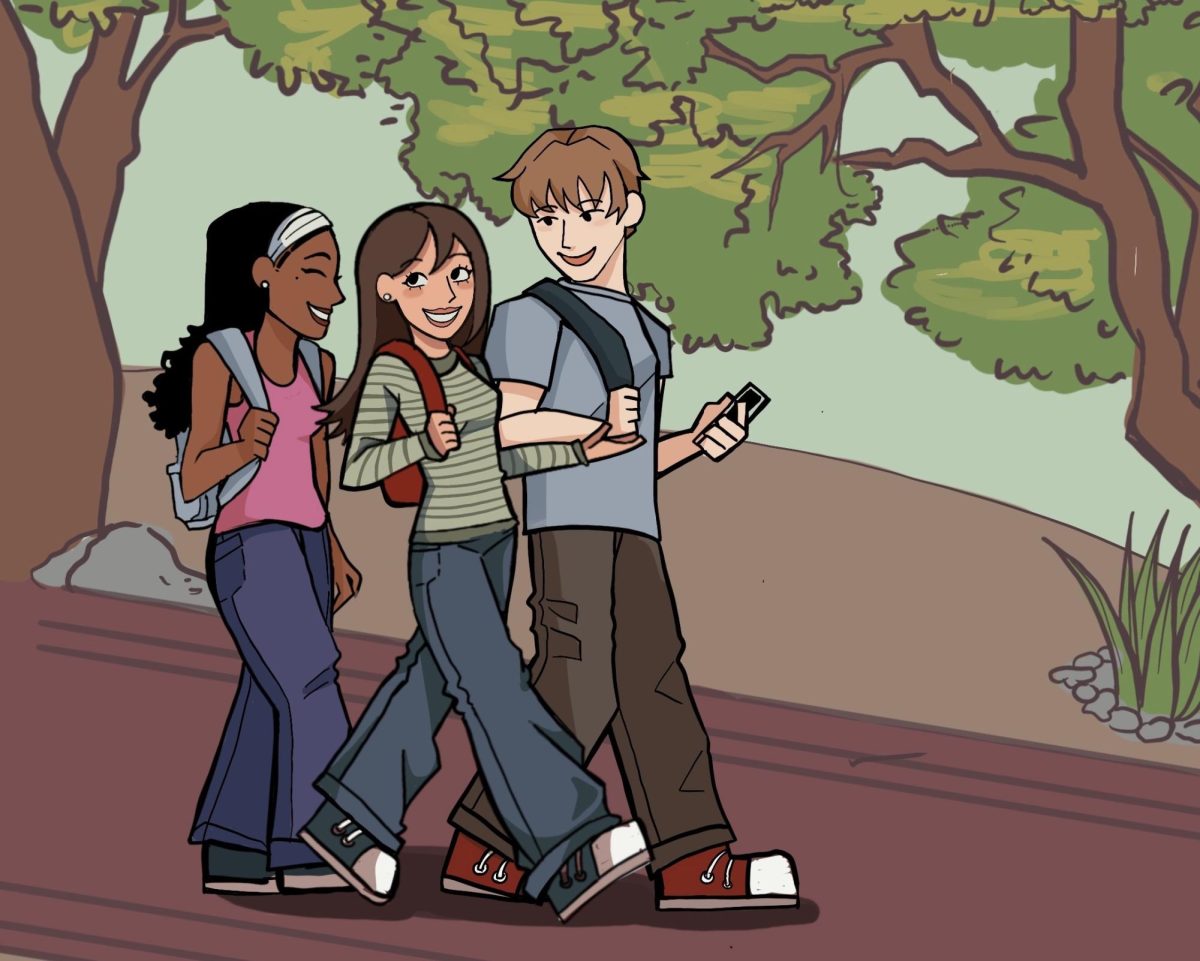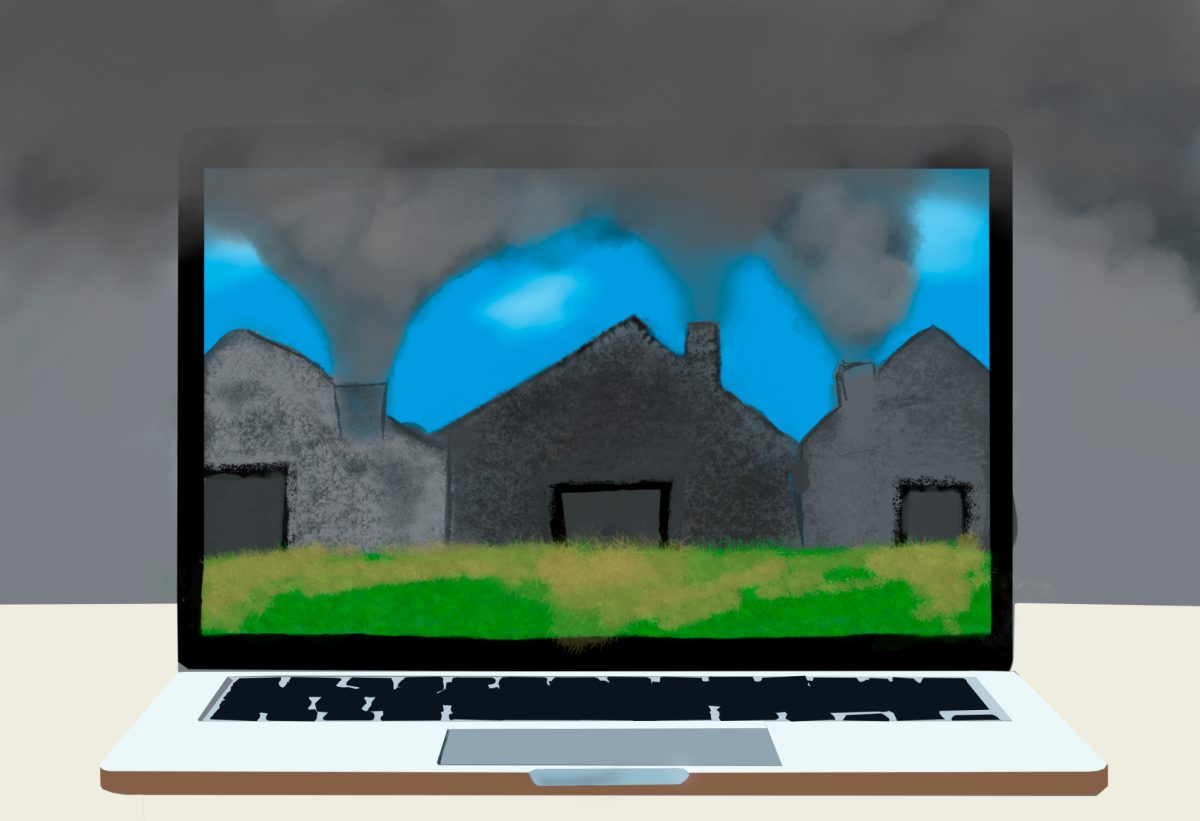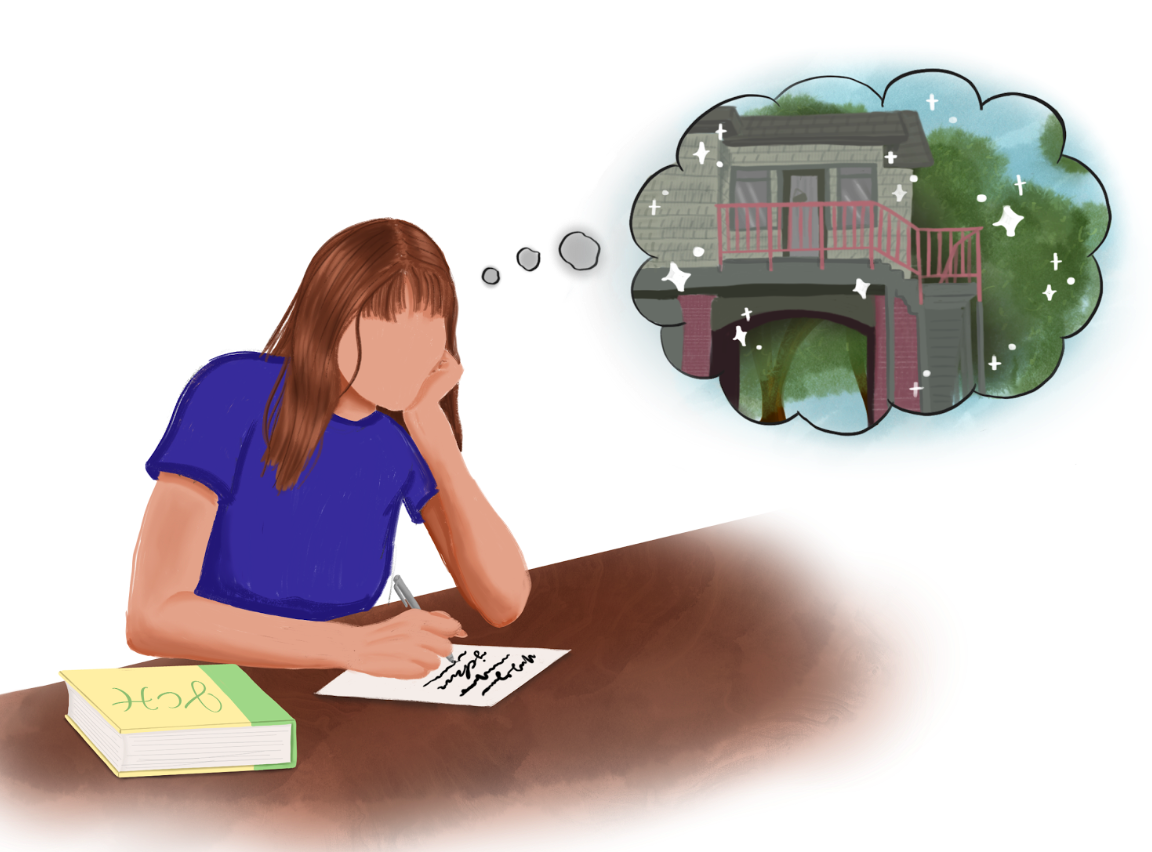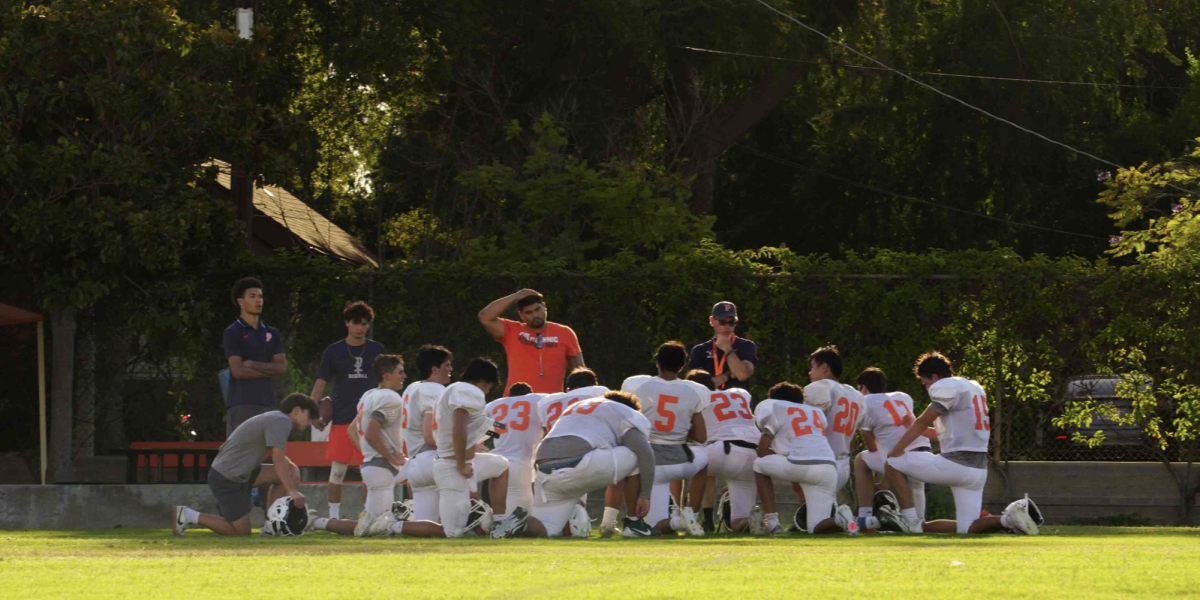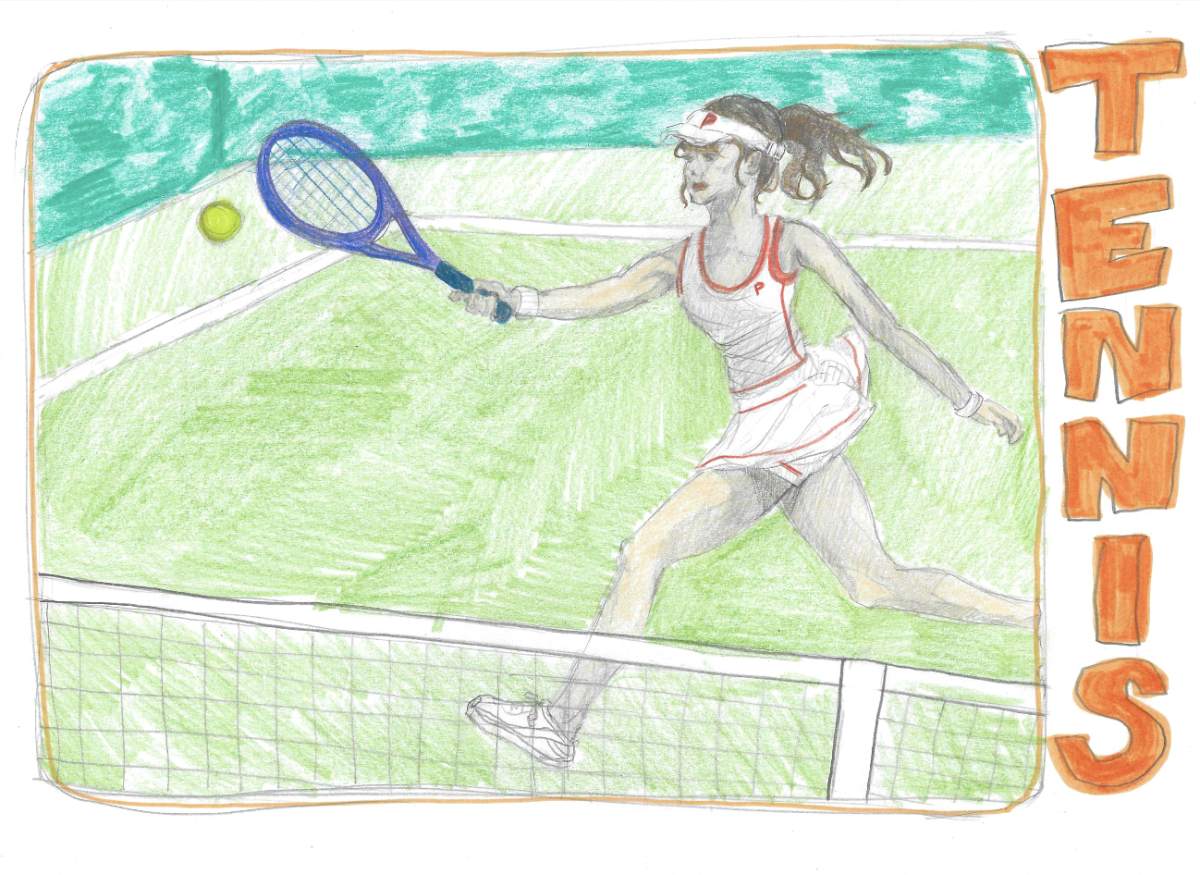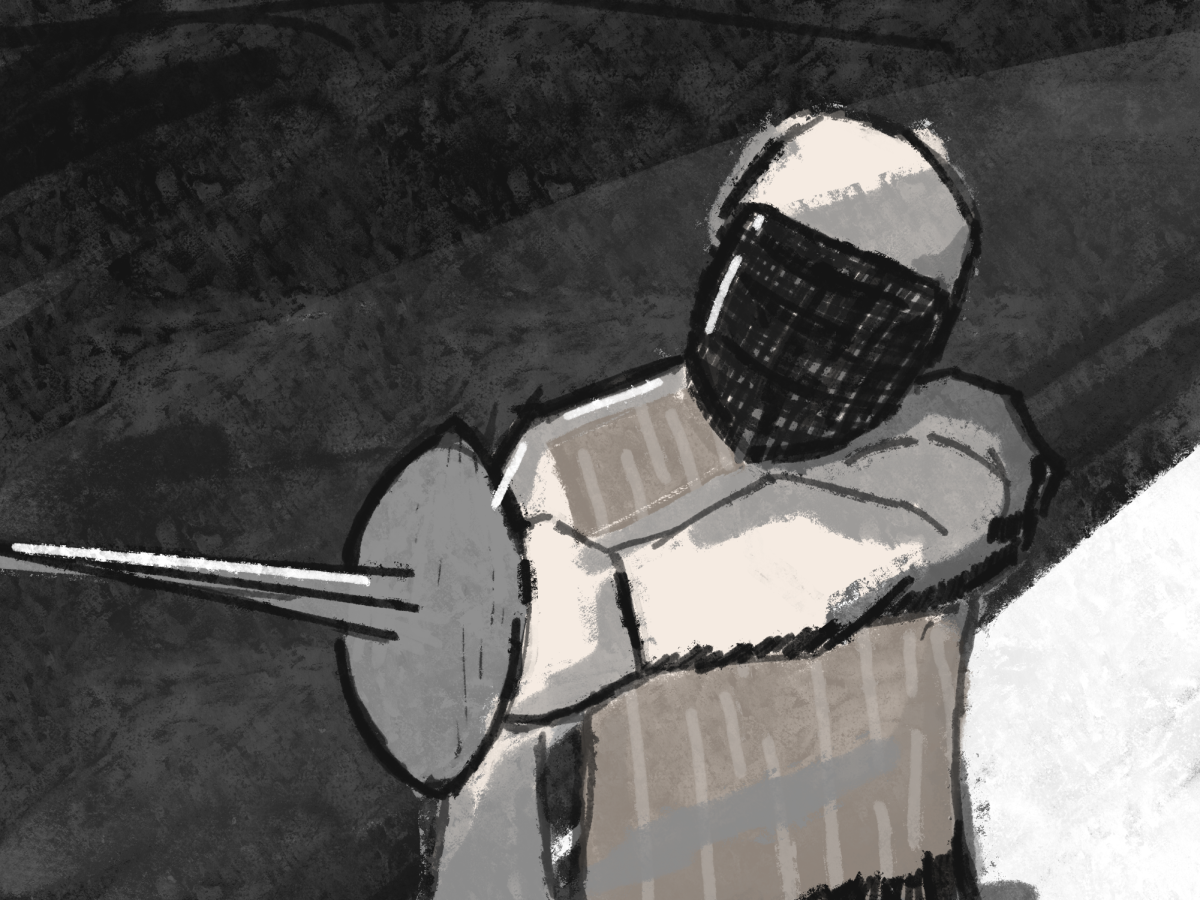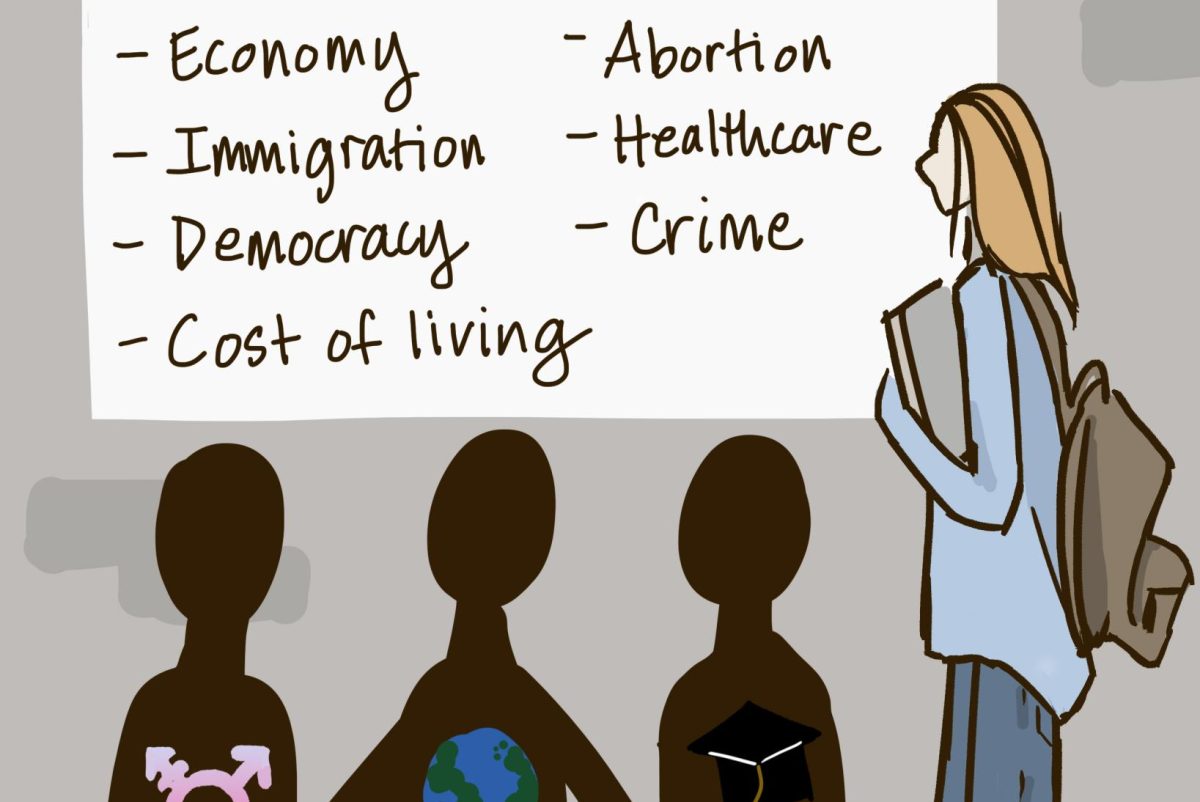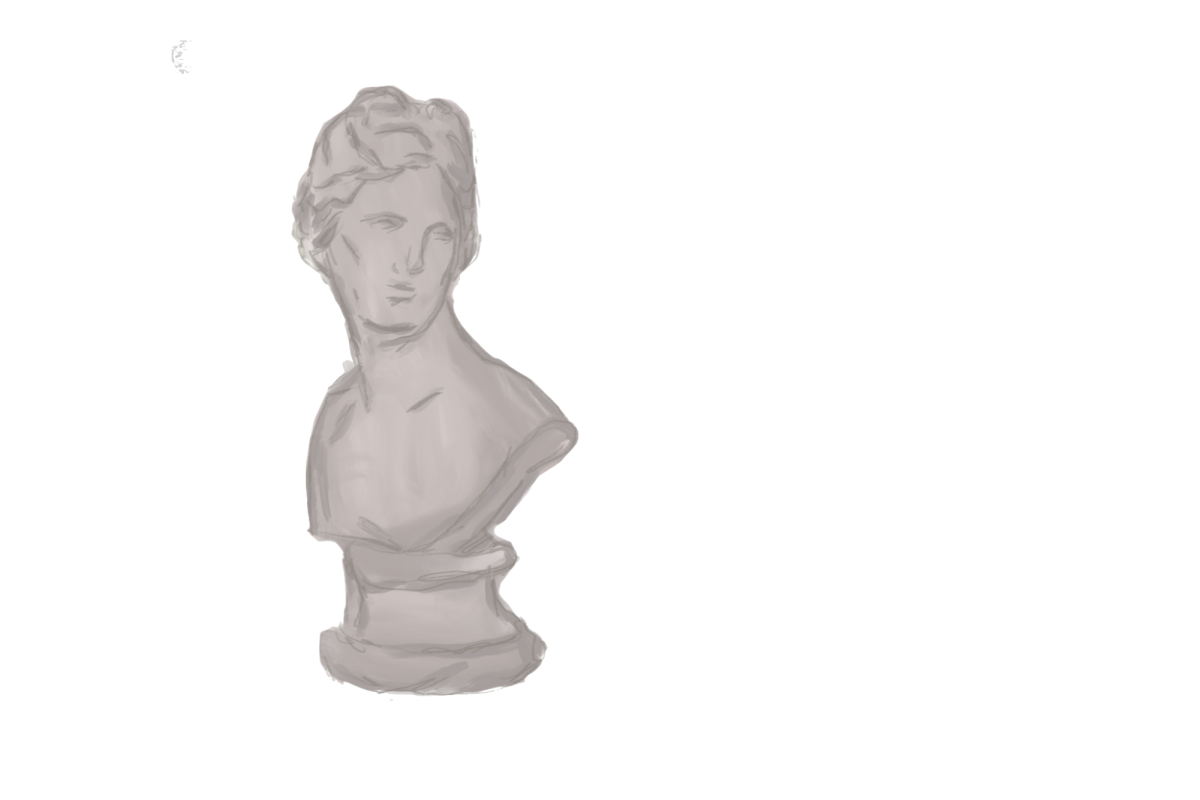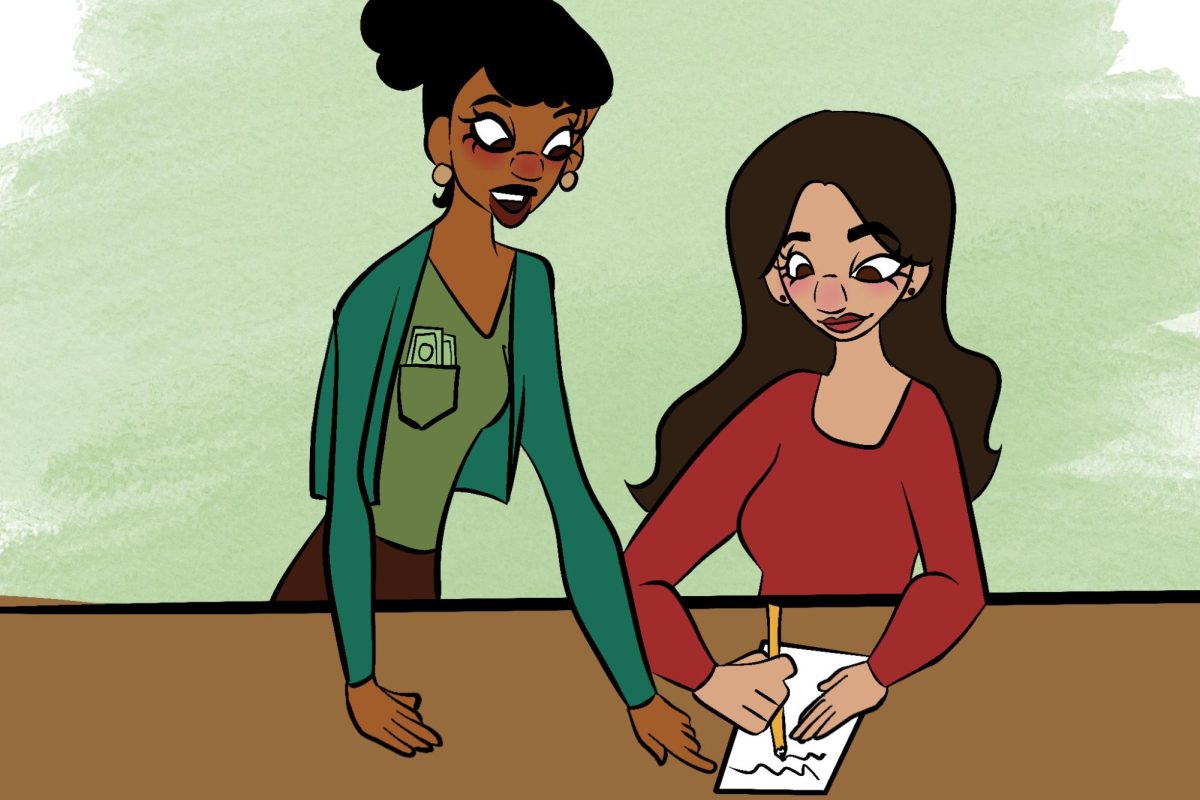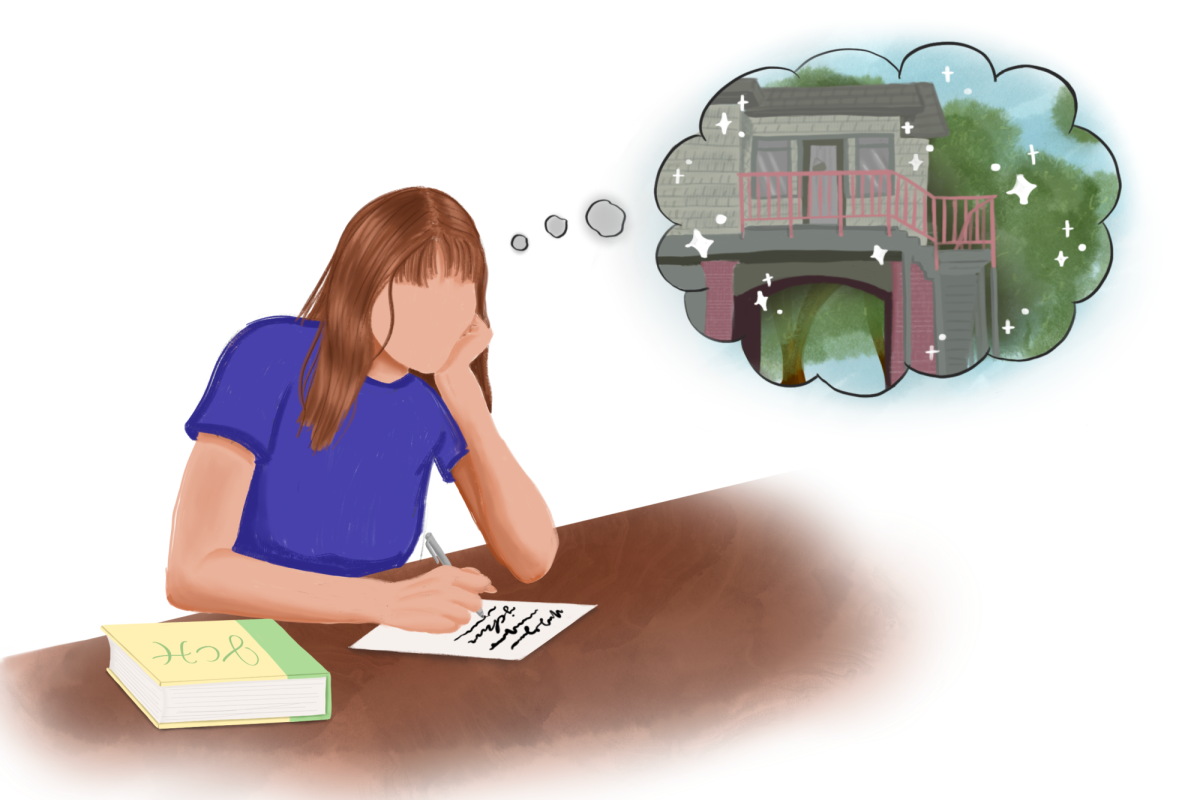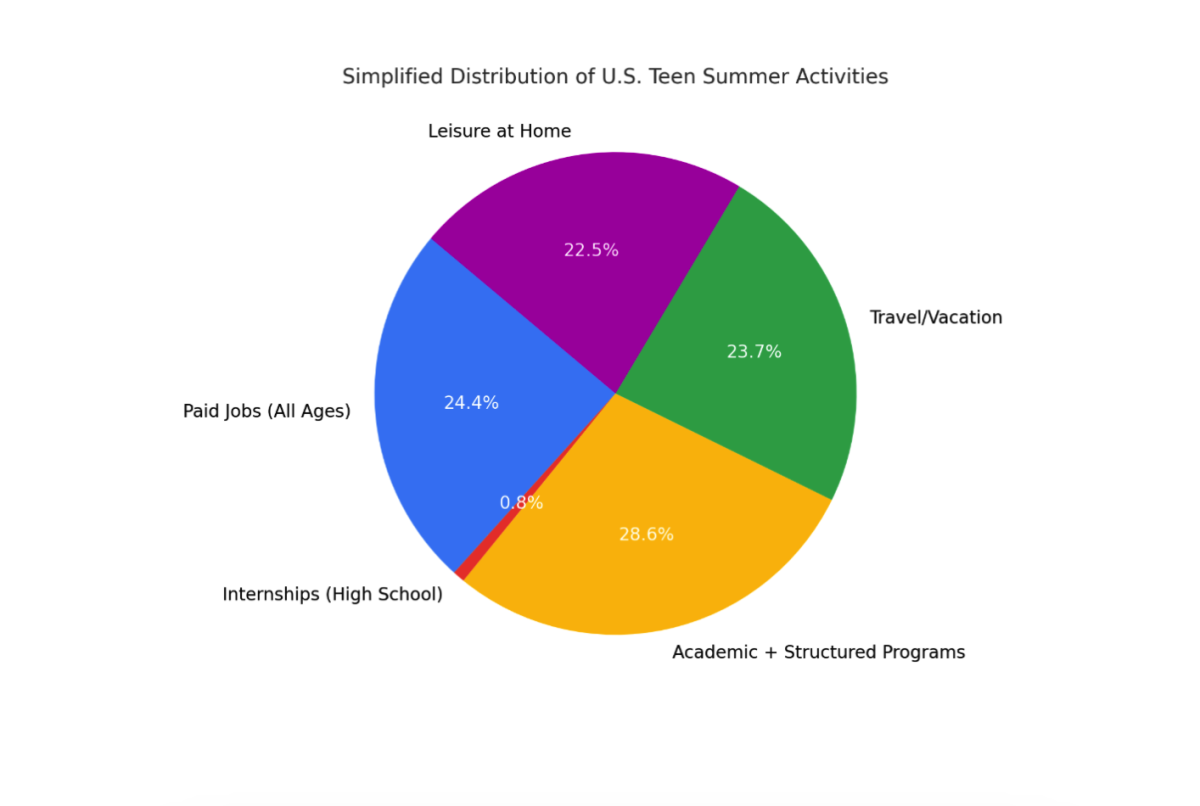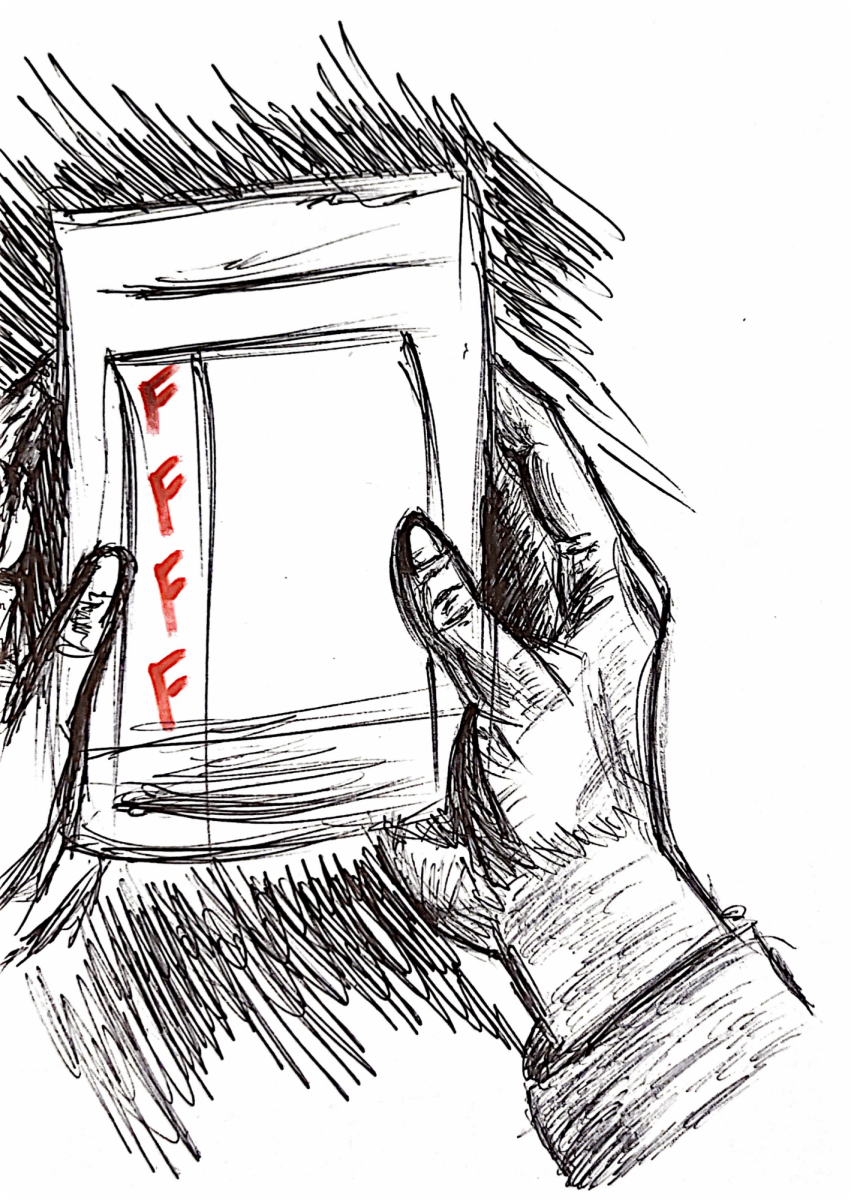Having contributed numerous times to the Opinion Section, Peng has noticed that his final drafts often differ significantly from his original ones. He has since realized that much of the published work does not fully represent his true writing intentions and voice. Below, he provides his final, edited critique, followed by his first, unedited draft.
Every time I write an article for The Paw Print, I dread it. By the end of last year, it seemed like I wrote only to meet my four minimum article quota to remain a staff writer. As students, Poly Teachers and other adults tell us that our opinions are valuable, and The Paw Print plays a significant role in sharing our opinions. I am not afraid that my ideas will get rejected for being too controversial because The Paw Print allows a lot of tough stories and hot takes to go to print, some of which I have written. I’ve had articles advocating for a lower drinking age, urging the Judiciary Council to do more for the community and calling out student-athletes for being too lazy. This is what has made writing for The Paw Print fun: it is an outlet for my voice. So why does drafting a piece feel like a burden?
The truth is, the problem with The Paw Print is not outright censorship or a refusal to run difficult topics; it is the editorial process. I am not complaining about the editors doing their jobs because I get that fact-checking and maintaining high standards are essential. However, there is a significant difference between responsible journalism and overly cautious editing. When editors give me numerous suggestions and endless edits, there is an unspoken pressure to smooth out every rough edge and a sense that whatever I write will be picked over, reworded and even entirely cut before it goes to print because of an emphasis on polish. By the end, it is hard to tell if the article, with my own voice and humor integrated in, still sounds like me. When I finally get my topic through, it feels like I have to fight tooth and nail to get there.
Let me walk you through a scenario of what publishing an article in The Paw Print might look like: you pitch an article that is a little provocative, but it is an issue that you care about. For example, how a certain department of teachers should grade equally across all classes. You get good initial feedback from the assistant editors of your section: simple grammar suggestions and edits, and you start to get excited about the article being able to convey your true tone. Then the section editors and Editors-in-Chief come to read your draft; suddenly, you receive a flood of Google Doc comments about “tone,” “balance,” “word choice” and how you need to “offer solutions and not just problems” when all you really want to write about is the problem. You revise, soften a point and add a qualifying sentence in your critique so that it won’t sound “too harsh.” But by the final draft, your argument is half as sharp, and you’re mentally exhausted from all the constant revisions from over the weekend.
In the past, I’ve seen my own writing transformed by this process, often in ways that make my argument feel far less direct than I intended. Take, for example, my article “Time for student-athletes to take accountability.” My first draft was blunt: I called out “many” athletes for wanting results without effort, and I did not hold back on words like “incompetence” or phrases like “stay home if you can’t do it.” But by the time it went through several rounds of edits, the language was noticeably softer. “Many” became “some,” “incompetence” was replaced with “lack of commitment,” and my closing line urging uncommitted athletes to “stay home” was cut entirely. The end result was technically still my article and argument, but the tone had shifted from clear and uncompromising to careful and diplomatic.
In the name of “good journalism practice,” urgent leads are often softened. Even when controversy is allowed, it’s wrapped in caveats like “some argue” or “while both sides have valid points,” which drains the statement of its original spark. The result is polished neutrality that dulls the article’s impact.
Editors are students themselves, trying to navigate the expectations of The Paw Print faculty advisors, Samantha Schreiber, 11/12 Dean and College Counselor, and Rachel Pringle, English teacher and Writers Center Coordinator. As such, the pressure to keep the paper “respectful” and “constructive” is undoubtedly high. However, the result is that writers start to feel like their ideas are always up for negotiation, and speaking honestly will only create more headaches. Instead of encouraging more authentic writing, the process sometimes does the opposite: it trains people to self-censor and settle for safer takes just to avoid the hassle.
This dynamic isn’t just frustrating for writers; it weakens the paper’s impact. If every controversial story has to be wrapped in layers of careful phrasing, The Paw Print risks sounding out of touch, even when the issues it covers are technically real issues. Readers can sense when an article has lost its edge for the sake of balance.
Since I constantly get comments from the editors about offering solutions, what is the solution to this conundrum? I am not calling for chaos by dropping all editorial standards. Honest editing is what makes journalism credible. But I think that The Paw Print would be stronger if it trusted its writers more, especially when it comes to tone and perspective. The Paw Print should let student voices and writing styles be distinct, even if they sound rough and emotional sometimes. The editorial process should be less about playing it safe and more about supporting honest adolescent voices, even if those voices might offend adult readers.
If The Paw Print wants to accurately represent the student body, then it should embrace the urgency and individuality of student opinion because, currently, for many of us, writing for The Paw Print has shifted from an exciting experience to a task we undertake out of obligation to fulfill our required contributions. And by now, if you have gotten this far in my article, you will understand the frustration. But if you still do not feel at least a little frustrated with the way things work, then know that my work has most likely strayed away from my original voice – edited, trimmed and softened – and that the frustration which I started writing this article with has faded on the page. And honestly, that is what I dread most about writing for The Paw Print, and now, as an assistant editor, I hope not to propagate this same editorial practice and make every writer’s pub weekend a little better.
First Draft
Every time I write an article for “The Paw Print”, I dread it. As students, we are told that our opinions matter, and “The Paw Print” plays a significant role in this. I am not afraid that my ideas will get rejected for being too controversial because “The Paw Print” actually allows a lot of tough stories and hot takes, which I personally have written about: lowering the drinking age, government censorship, and calling out students for being too lazy. This is what has made writing for “The Paw Print” fun: it is an outlet for my voice. On paper, that should make writing for “The Paw Print” exciting, right? So why do I despise it every time I sit down to draft a piece?
The truth is that the problem is not outright censorship or a refusal to run difficult topics; it is the process. There are endless edits, an unspoken pressure to smooth out every rough edge, and a sense that whatever you write will be picked over, reworded, and even entirely cut out before it goes to print. By the end, it is hard to tell if the article still sounds like you. When you finally do get your topic through, it feels like you have to fight to your death to get there.
Let me give you an example: you pitch an article that is a little provocative but is an issue that you care about. You get good initial feedback from the assistant editors of your section, and you start to get excited about the article. Then the real editing comes in; suddenly, you receive Google Doc comments about “tone,” “balance,” “word choice” and how you need to “offer solutions and not just problems.” You revise, you soften a point and you add a qualifying sentence in your critique so that it won’t sound “too harsh.” But by the final draft, your argument is half as sharp and you’re mentally exhausted from all the back-and-forth this weekend.
I am not complaining about editors doing their jobs because I get that fact-checking matters, I get that maintaining high standards is important, and I also get that we need to avoid personal attacks. However, there is a big difference between responsible journalism and what sometimes feels like overly cautious editing. In the name of “good journalism practice,” articles that start out with urgency are polished into something less compelling. Even when controversy is allowed, it is usually delivered with so many caveats in language and tone that the intended spark fades.
Since editors are students themselves, trying to navigate the expectations of Ms. Schrieber and Ms. Pringle, “The Paw Print” advisors. As such, the pressure to keep the paper “respectful” and constructive is undoubtedly tough. However, the result is that writers start to feel like their ideas are always up for negotiation, and speaking honestly will only create more headaches. Instead of encouraging more authentic writing, the process sometimes does the opposite: it trains people to self-censor and settle for less risky takes just to avoid the hassle.
This dynamic isn’t just frustrating for writers; it weakens the paper’s impact. If every controversial story has to be wrapped in layers of careful phrasing, “The Paw Print” risks sounding out of touch, even when the issues do technically cover real issues. Readers can sense when an article has lost its edge “for the sake of balance.”
Since I constantly get comments from the editors about offering solutions, what is the solution to their own conundrum? I am not calling for chaos or for dropping all editorial standards because honest editing is what makes journalism credible. But I think that “The Paw Print” would be stronger if it trusted its writers more, especially when it comes to tone and perspective. “The Paw Print” should let student voices be distinct, even if they sound rough and emotional sometimes. The editorial process should be less about playing it safe and more about supporting honest conversations.
If “The Paw Print” wants to accurately represent the student body, then it should embrace the urgency and individuality of student opinion. That way, writing would be less of a chore and more of a platform students look forward to using. Otherwise, for a lot of us, writing for “The Paw Print” has gone from being exciting to something that we do out of obligation to meet our yearly quotas. And by now, if you have gotten this far in my article, hopefully, you understand the frustration. But if you still do not feel at least a little frustrated with the way things work, then know that my work has most likely strayed away from my original voice, edited, trimmed, and softened until my frustration I started writing this article with has faded on the page. And honestly, that is what I dread most about writing for “The Paw Print”.




